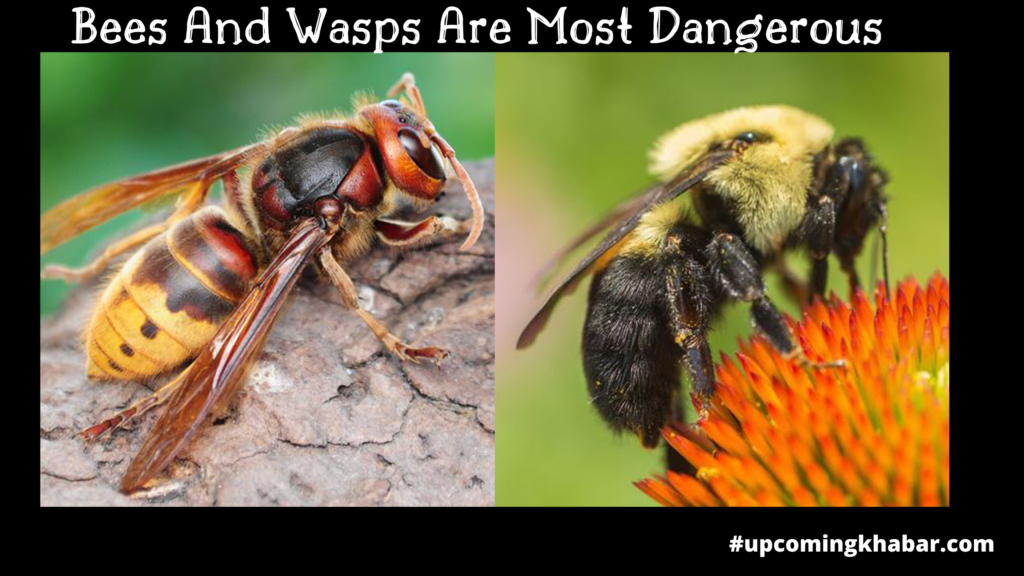CANBERRA, Mar 3 (NNN-AGENCIES) – A study by the Australian Institute of Health and Welfare (AIHW), identified bees as the country’s most dangerous, venomous animals.
The study, published by the AIHW’s National Injury Surveillance Unit, today, found that Australians are twice as likely to be hospitalised by a bee or wasp sting, than by any other animal, despite the nation being home to the deadliest snakes, spiders and marine animals in the world.
More than 3,500 Australians were hospitalised, after an encounter with a venomous animal or plant in 2017-18. Of those, 26 percent – or 927 people – had been stung by bees.
By comparison, spiders accounted for 19 percent of cases – or 666 people – and snakes 17 percent.
There were 19 deaths from venomous animals; 12 from bees and wasp stings and seven from snake bites.
Professor James Harrison, with the injury surveillance unit, who is also co-author of the study, said, the findings should act as a wake-up call and that Australians should be “wary of the potential for an allergic reaction.”
“The fact that things like bees are part of the picture is something a lot of people wouldn’t expect,” he said.
Australia is home to 20 of the 25 most venomous snake species in the world, and the deadliest spider, the funnel web.
Red back spiders were responsible for more than 40 percent of spider bites that caused hospitalisation, and brown snakes for 36 percent of those caused by venomous snakes.
“Alongside land-dwelling animals, Australia also has some of the world’s most venomous marine animals, including the Irukandji jellyfish,” Harrison said.
However, marine animals were responsible for fewer than 400 hospitalisations.
The rate of hospitalisation for bites and stings was highest in the Northern Territory, and lowest in the Australian Capital Territory (ACT).– NNN-AGENCIES






